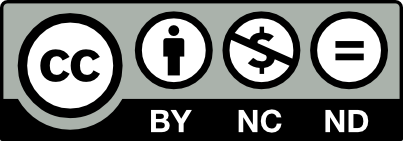Approach and therapeutic intervention in Hypochondriasis or illness anxiety from brief cybernetic – constructivist therapy
DOI:
https://doi.org/10.23823/vy5g1309Keywords:
Psychotherapy, Illness Anxiety, Hypochondriasis, Brief PsychotherapyAbstract
Hypochondriasis or illness anxiety is a complex disorder known for its difficulty in responding to both pharmacological and psychotherapeutic treatment, presenting a low recovery rate. Traditionally, pharmacological treatment has been used as the most effective therapeutic intervention for this disorder, relegating psychotherapeutic treatment to the background. The hypochondriac disorder generates in those who suffer from it, serious emotional, family and social consequences, constituting a public health problem. The objective of this article is to know the relational dynamics and the evolutionary cycle of the hypochondriac disorder. A cybernetic systemic analysis will be used to address the disorder and propose a model of functioning and psychotherapeutic intervention. Finally, an ecological and systemic model of the hypochondriac disorder is shown, as well as the stages of the evolutionary cycle. It is concluded that the cybernetic systemic approach is adequate to propose a model of functioning, understanding and treatment for hypochondriac disorder.
Downloads
Downloads
Published
Issue
Section
License
Copyright (c) 2025 Ricardo De la Cruz Gil, Marcelo R. Ceberio

This work is licensed under a Creative Commons Attribution-NonCommercial-NoDerivatives 4.0 International License.
Authors who publish in this journal agree to the following:
- Authors retain the rights to their work and give to the journal right of first publication of the work simultaneously licensed under a Creative Commons License - Attribution that allows others to share the work indicating the authorship and the first publication of this journal.
- Authors can accept other non-exclusive licensing agreements for the distribution of the published version of the work (eg. Deposit it in an institutional repository or publish it in a monograph), provided to indicate that the document was first published in this journal.
- Authors can spread their work online (eg. In institutional repositories or on their website) before and during the submission process, because it can lead to productive exchanges and increase the work published citations (See The Effect of Open Access) .










